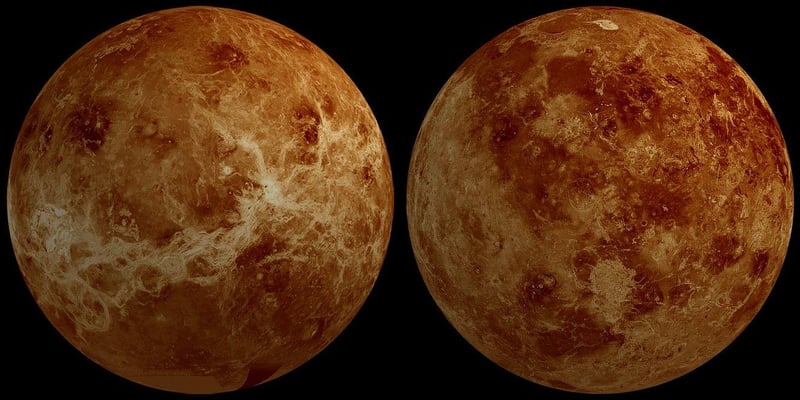Venus Atmosphere
Exploring Celestial Bodies: Venus Atmosphere

Welcome to our guide on celestial bodies, where we delve into the fascinating world of planets, stars, and other astronomical wonders. In this edition, we focus on Venus, the second planet from the Sun and often referred to as Earth's "sister planet."
About Venus
Venus is often called Earth's twin due to their similar size and composition. However, Venus has a vastly different atmosphere compared to our home planet, making it a unique world to explore.
Atmospheric Composition
Venus's atmosphere is primarily composed of carbon dioxide (CO2), with traces of nitrogen and other gases. This dense atmosphere creates a runaway greenhouse effect, leading to scorching surface temperatures that can melt lead.
Cloud Cover
Venus is shrouded in thick clouds of sulfuric acid, which reflect sunlight and contribute to its intense heat. These clouds also produce lightning storms and high-speed winds that whip around the planet.
Exploration Missions
Several spacecraft, including NASA's Magellan and ESA's Venus Express, have studied Venus and its atmosphere to unravel its mysteries. These missions have provided valuable insights into the planet's extreme conditions.
Future Research
Scientists continue to study Venus's atmosphere to understand its dynamics and the potential for habitability. Future missions are planned to delve deeper into this enigmatic world.
Join us on this celestial journey as we uncover the secrets of Venus and other celestial bodies that intrigue scientists and stargazers alike.
For more information on Venus, visit NASA's Venus Overview.
